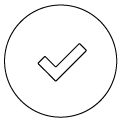The International Baccalaureate (IB) program is an educational curriculum that many schools all over the world follow.
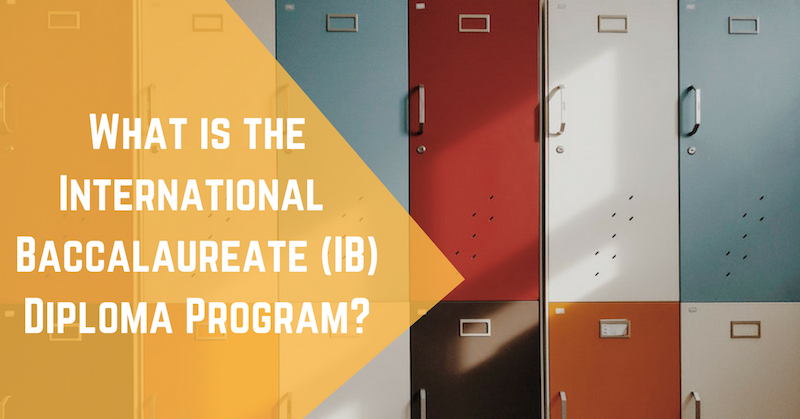
What’s the IB Curriculum?
The IB Curriculum offers four different K-12 programs. The most well-known one is the IB Diploma Program—a two-year program for students in junior and senior year. The IB Diploma Program focuses on writing and developing critical thinking skills through six subject core classes, the Theory Of Knowledge (TOK), the Extended Essay (EE) and Community, Activity and Service (CAS) hours.
The IB Program is similar to the AP Program in offering challenging courses to high school students, but the format is extremely different. Students do not have to take AP courses in order to take the AP exams, and can take one or even fifteen. (Please don’t take 15 APs.) The IB Program, on the other hand, requires students to be enrolled in the IB Class. While some schools do offer individual IB classes so students can take a mix of AP and IB exams, it is far less common.
The IB curriculum is graded out of 42. The highest grade you can receive for each of your six subject is a 7. Your final IB grade will be out of 45. The 3 extra points come from how well you do on your TOK assessment and your EE.
Choosing Subjects
It’s very important to choose your subjects wisely, especially since you’ll be taking them for two years. This is an opportunity for high school students to think about their interests and strengths, and dive deeper into those core subjects. IB students have to take 6 subject classes, comprised of 3 Higher Level (HL) subjects and 3 Standard Level (SL) subjects. Students can also opt to take 4 HL subjects (max.) if they desire.
There are six subject groups for students to choose from:
studies in language and literature
language acquisition
individuals and societies
Sciences
Mathematics
Arts.
Students can put together their own subject curriculum, and can choose to study an additional sciences, individuals and societies, or languages course, instead of a a course in the arts.
Difference between Higher Level & Standard Level Subjects
The difference between HL and SL subjects is mainly the number of hours students are required to take in those subjects. Higher level subject requires at least 240 teaching hours. Standard Level subjects requires at least 150 teaching hours. This also means that the scope of the course and grading system is also different, as students are expected to demonstrate a greater body of knowledge and skills at higher level.
College Credits
At most universities, college credit is only awarded to HL subjects if you’ve been awarded a 6 or a 7 on your final exam. Most SL subjects are not recognized for college credit, which may seem unfair, especially since if you’ve spent two years learning the materials.
IB Exams
If you’ve sat through IB exams, you’ll know how tough it is. Throughout the two-year program, you’ll have regular tests and internal assessments that are all a part of an evaluation of your progress, which is what your transcripts are based on. The final IB exams only take place once at the end of your two-year program in May.
There is a 3-week period when all IB students sit for their exams. Higher level subjects have three exams, and standard level subjects have 2 exams. You can see the IB exam schedule here for 2018 here.
Theory of Knowledge
On top of the 6 subject classes, students have to take a class called the Theory of Knowledge. The purpose of the class is to allow students to reflect on the question: “How do we know?”. It’s similar to a philosophy class, and each is different depending on the teacher leading the class. It’s mostly a free form discussion group, where students explore the following questions on topics decided on by the teacher:
This is an integral to the IB curriculum, which focuses on teaching students learn how to ask questions, what questions to ask, and on developing their analytical skills. The purpose of the class is also to get students to gain a greater awareness of their own self, and an appreciation for diversity and cultural perspectives.
What counts as evidence for X?
How do we judge which is the best model of Y?
What does theory Z mean in the real world?
The TOK assessment includes an oral presentation and a 1600 word essay. The presentation evaluates the student’s ability to apply TOK thinking to real world situations they wish to explore. On the other hand, the TOK essay is a paper response to one of six prompts issued by the IB and is generally a lot more conceptual.
Extended Essay
The Extended Essay (EE) is a 4,000 word research paper that all students must complete in order to earn their IB diploma. The EE is an independent research project that the student will conduct on a subject they are interested in, typically one of the six IB subjects the student has chosen.
Students start working on their EE half way through junior year and is due half way through senior year. The deadline will be set by your school, so this may vary depending on the school you attend.
Once a subject is chosen, the student will have to formulate their own research question, hypothesis, and arguments. In doing so, students will develop skills in communicating their own ideas and learn to develop an argument. In conjunction with the TOK course, the EE also helps students learn to analyze, synthesize and evaluate knowledge.
Creativity, Activity and Service
Creativity, Activity and Service (CAS) is another core element of the IB Diploma Program. It highlights the importance of extracurricular activities alongside the student’s academics. There used to a minimum of 150 hours that was required for students to graduate, but to shift the focus back to the actual activities, the requirement was lifted.
As the name suggests, CAS aims to get students involved in extracurriculars that fosters creative thinking, encourages physical activity for a healthy lifestyle, and cultivate the idea of community and service.
Want to see how other students got accepted to their dream school? Our premium plans offer different levels of profile access and data insights that can help you better understand the application process. Unlock any of our packages or search our undergraduate profile database to find specific profiles that can help you make an informed choice about where to apply! We have 70,000+ successful college application files uploaded by college students. See how they got in, and how you can too!




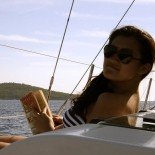
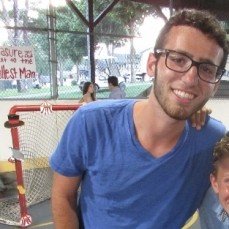



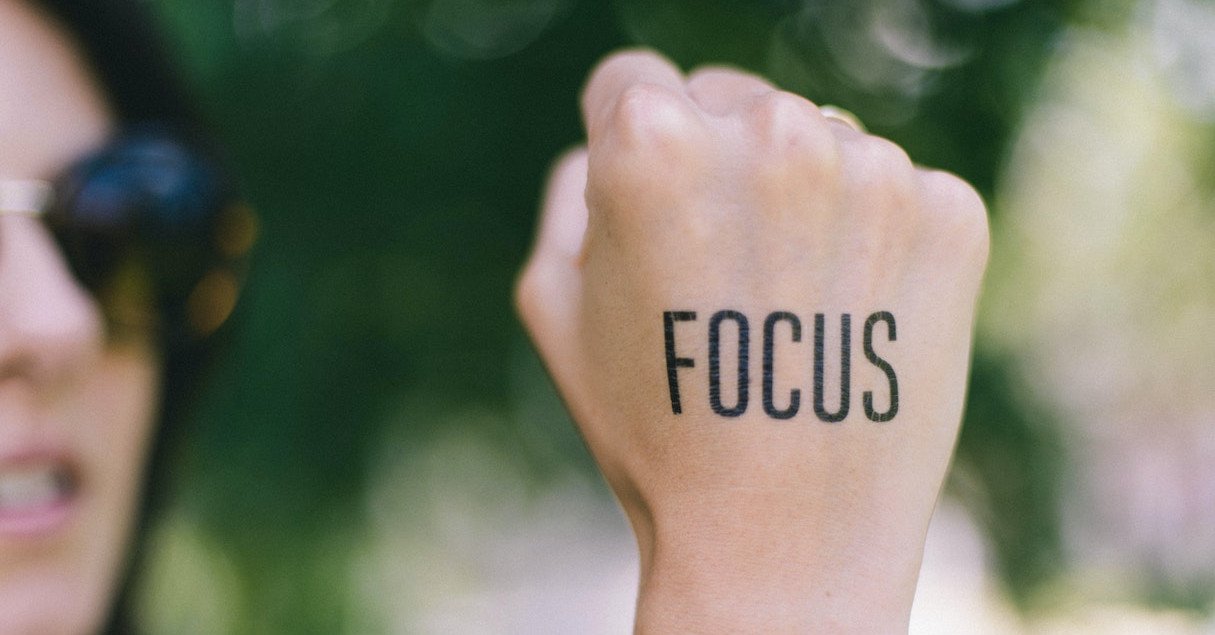


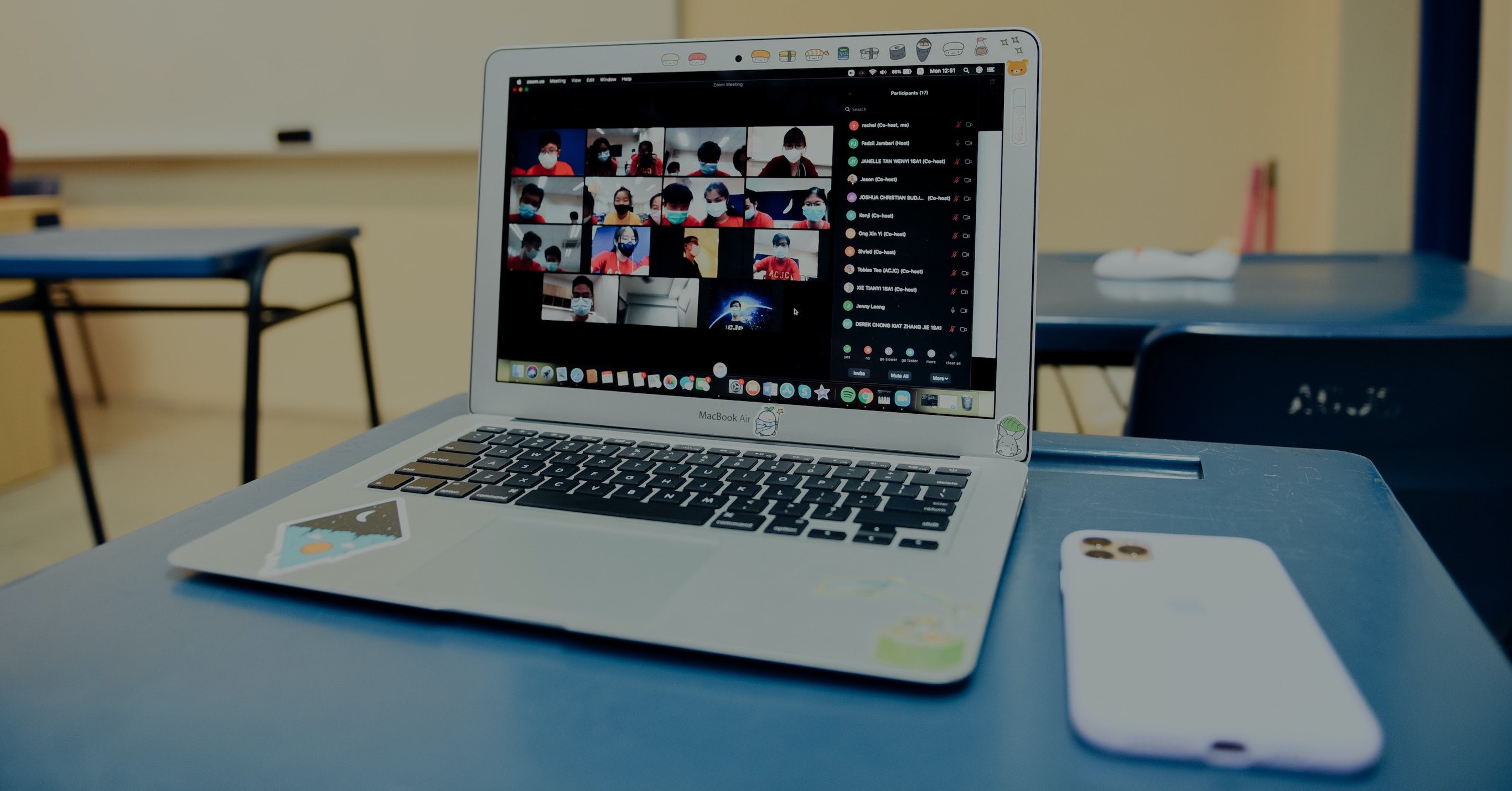
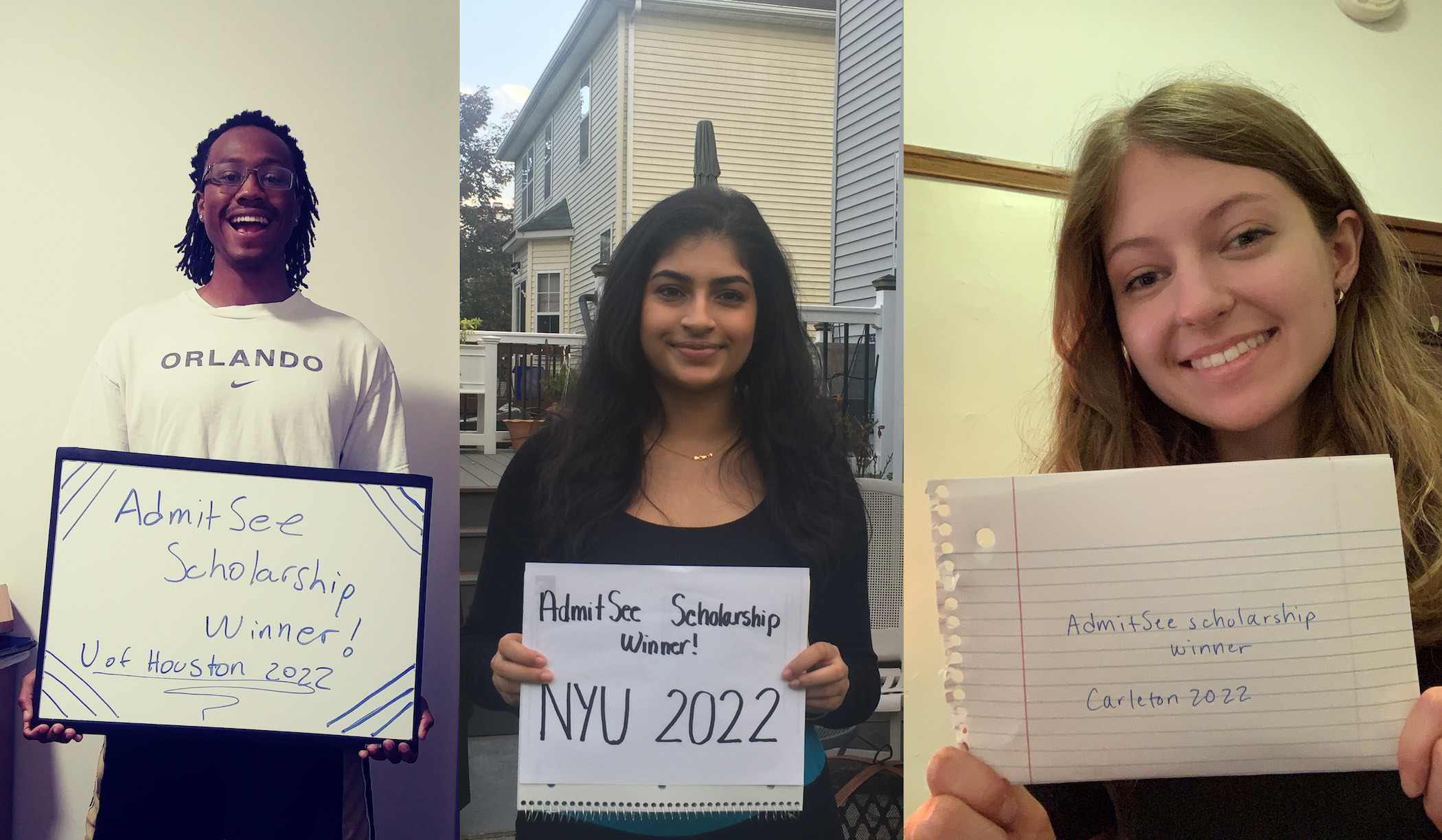
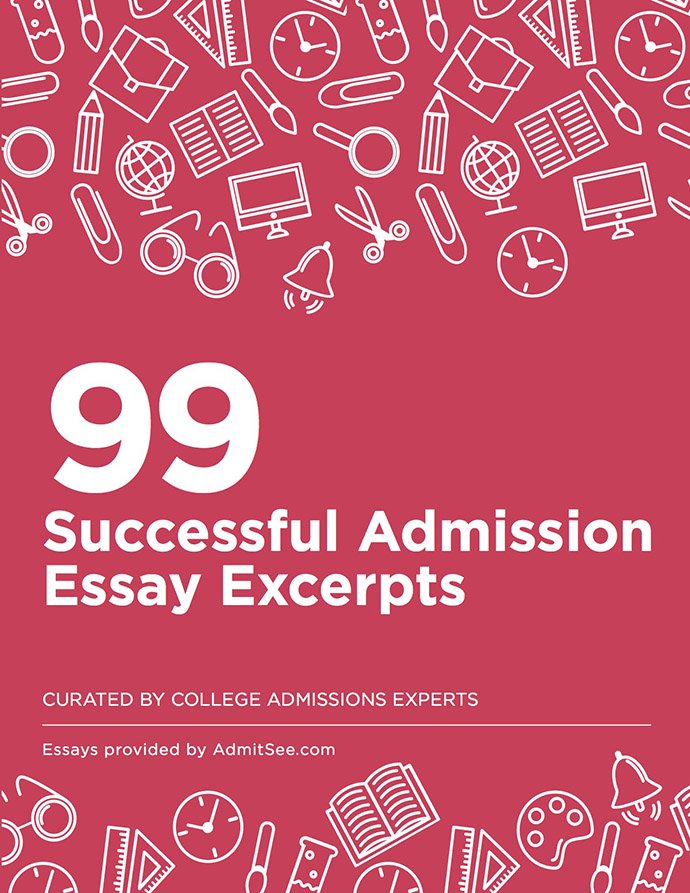

 Back
Back